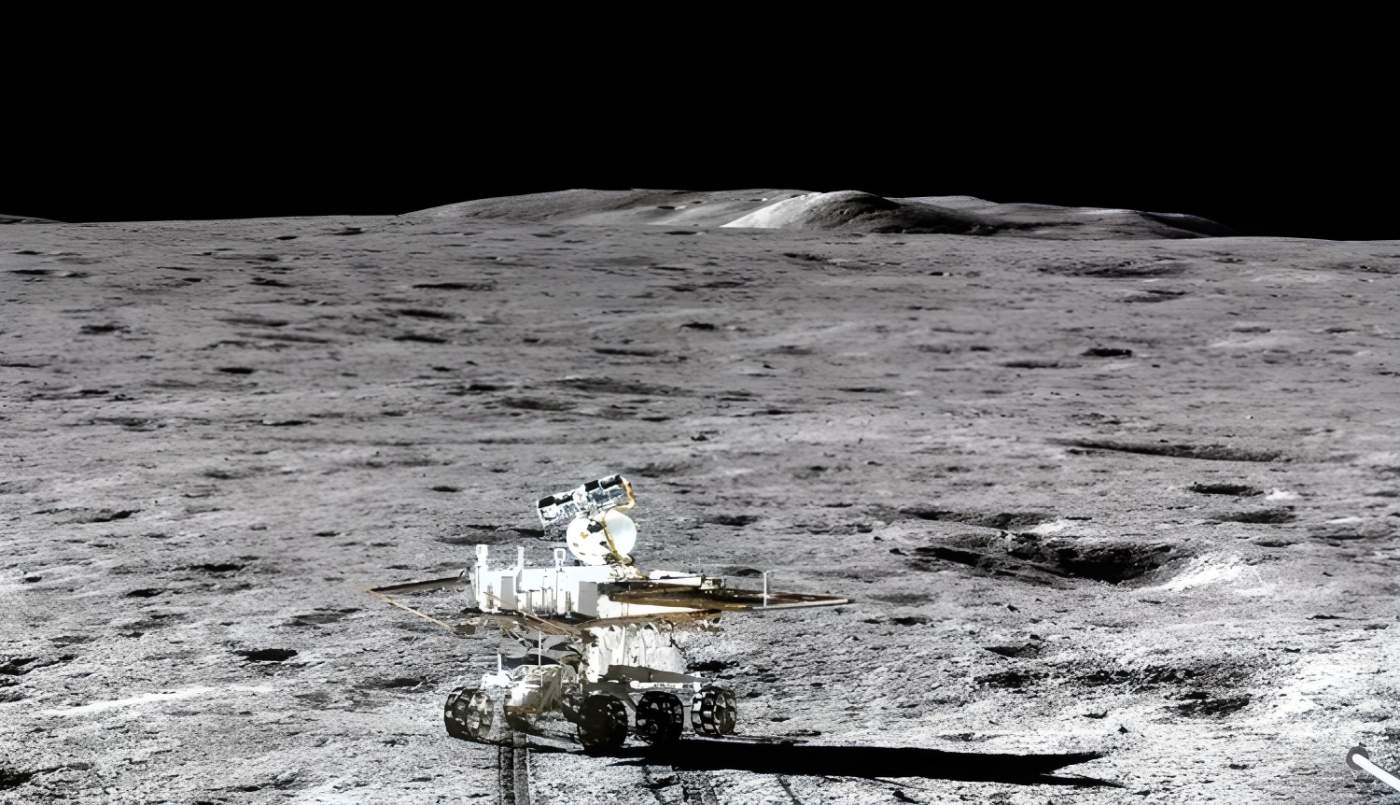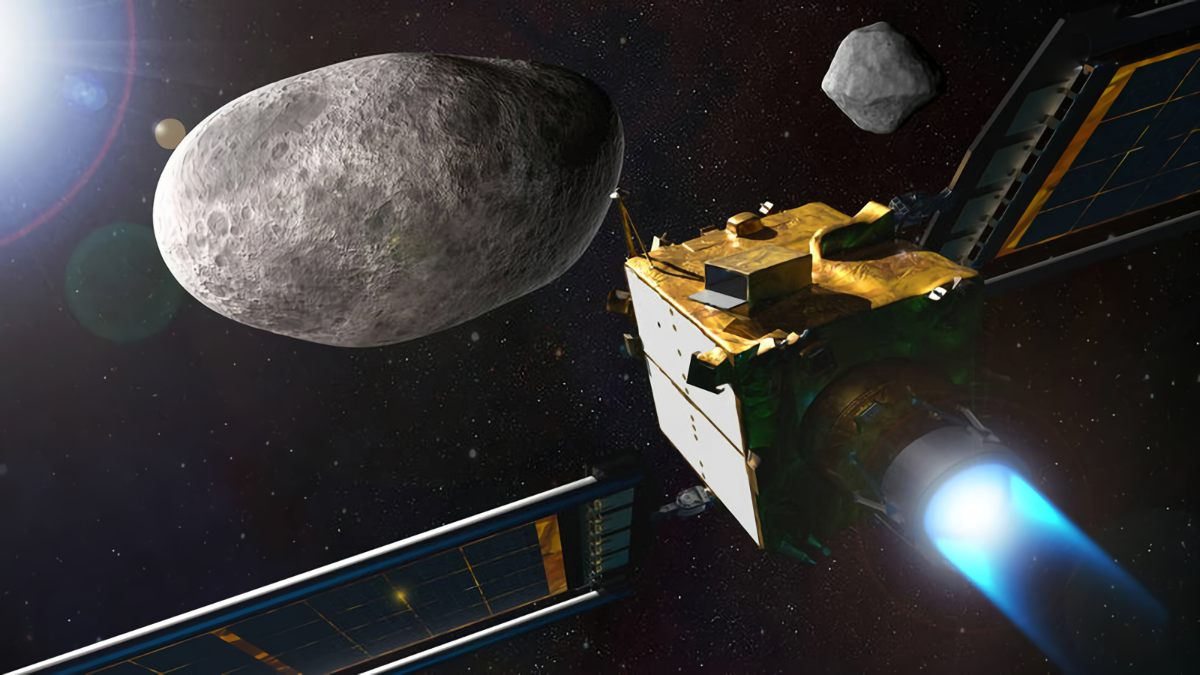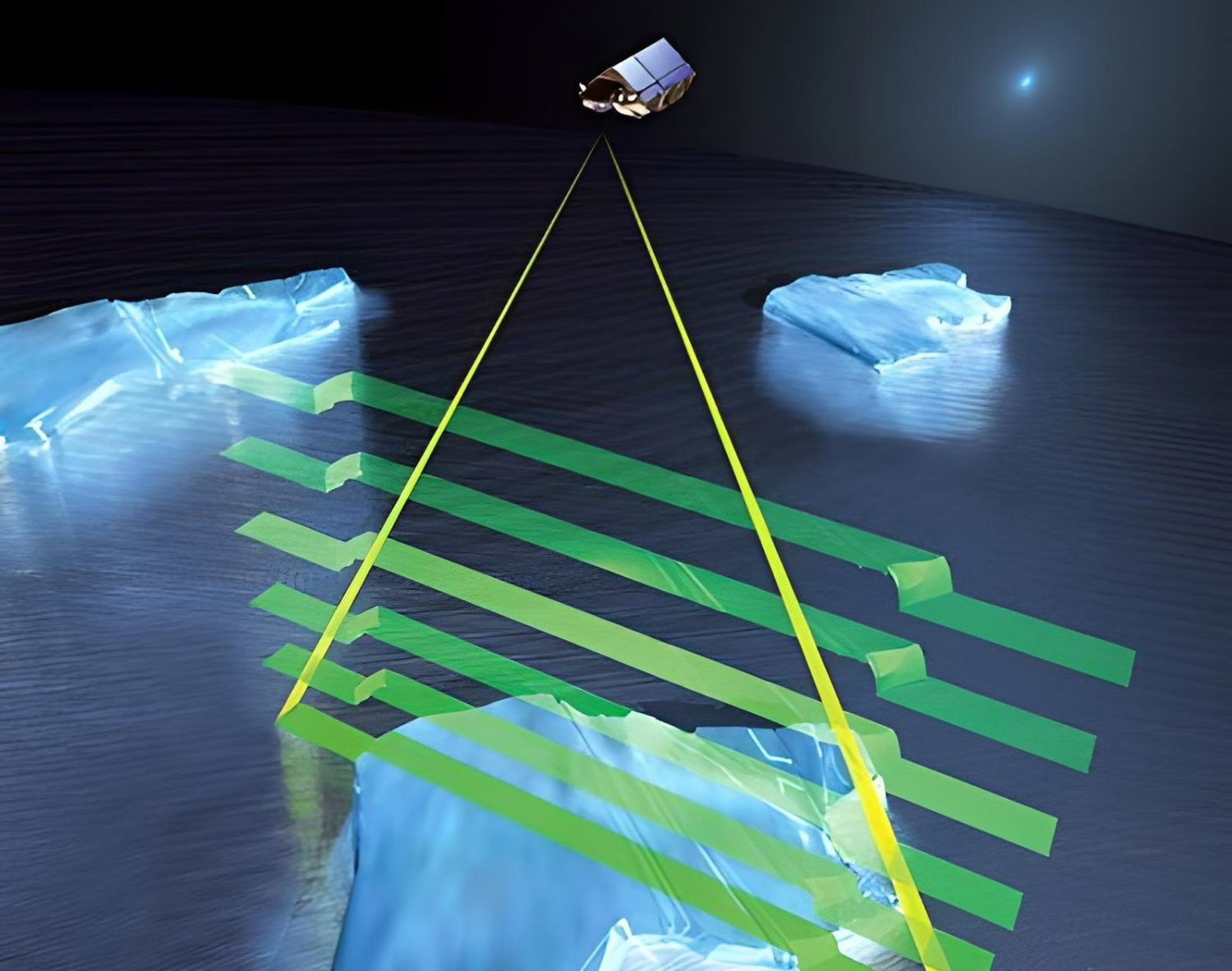On Saturday, September 10th, the enormous satellite named BlueWalker 3 was launched, and today it was put into orbit. When its antenna is fully extended, BlueWalker 3 has the potential to far outshine the constellations that are visible in the night sky and to become the second brightest object in the sky after the Moon. BlueWalker 3 will be used to test a new kind of satellite Internet.
693 square feet behemoth
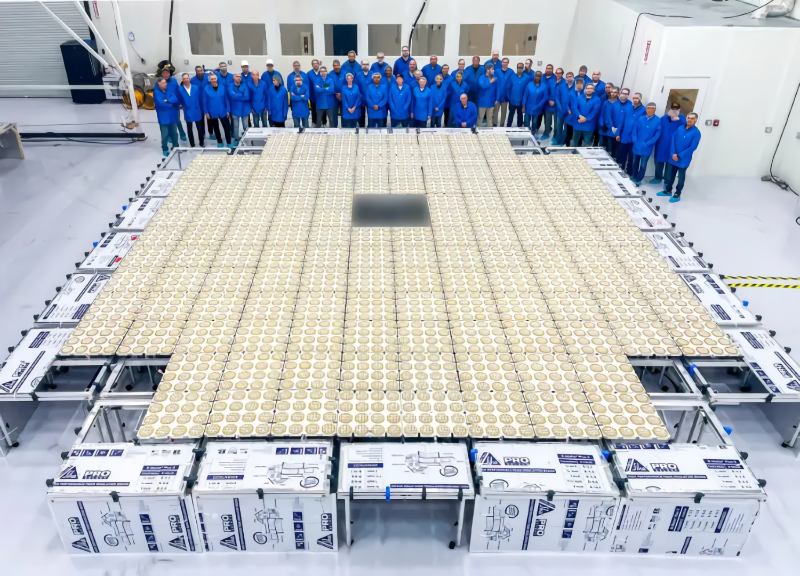
AST SpaceMobile, a mobile communications company based in Texas, reportedly launched a massive satellite into Earth orbit over the weekend and gave it the name “BlueWalker 3.” Astronomers have expressed their displeasure with this incident in multiple sources. When the satellite’s antenna array, which is 693 square feet (64 square meters) in size, is fully extended, the reflected illumination from the satellite has the potential to match the brightest stars, completely obscuring the night sky—with the exception of the Moon, of course.
At dusk, the BlueWalker satellite will be just as visible as the brilliant star Vega, according to an astronomer who was quoted in the technology magazine Gizmodo. Her argument was that astronomical observations would be affected by the introduction of future communications satellites like the large BlueWalker 3.
Aim of the project

The “BlueWalker” spacecraft was successfully delivered to a low Earth orbit by a “Falcon 9” rocket that was built by SpaceX and launched from Florida on Saturday. Along with the new satellite, SpaceX launched dozens of its own Starlink satellites. There, the U.S. company AST SpaceMobile plans to conduct a test to determine how successfully mobile Internet can be delivered to mobile devices from space.
AST SpaceMobile is “building the first and only space-based cellular broadband network to be accessible by standard smartphones.” BlueWalker 3 is the biggest commercial communications satellite ever launched into low-Earth orbit. Its true brightness will only be seen once it has been fully unfolded.
As part of the project “BlueBirds”, those satellites are intended to pair seamlessly with regular cellphones to provide a high-speed Internet connection. Compared to Apple’s demonstration of the technology only last week and SpaceX’s plans with T-Mobile, this new system has substantially more capacity than just making satellite emergency calls. They both want to provide a means of contact in case of an emergency when regular mobile phone service is unavailable but their connections won’t be fast enough for video conversations or web browsing, unlike the aim of Internet satellites like BlueBirds.
There are plans for 100 giant satellites
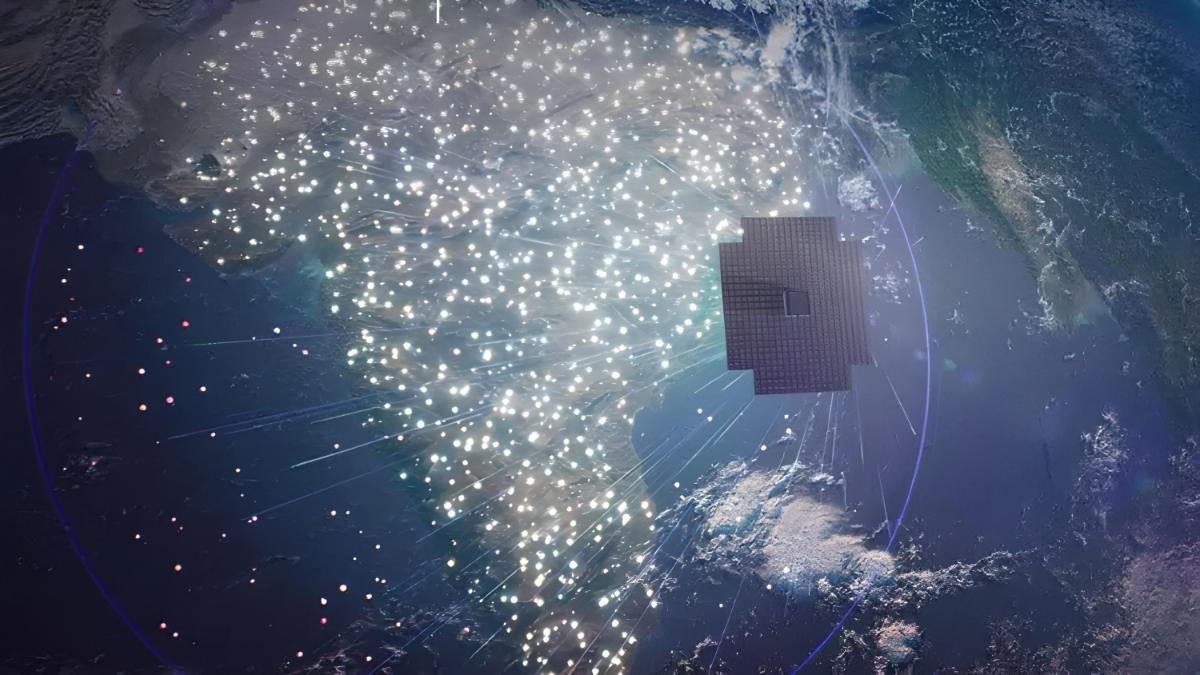
If everything goes according to plan during the test phase, the company plans to put 100 more giant satellites into orbit before the end of 2024 in order to establish a global data network. The satellites are referred to as “BlueBirds,” and it is anticipated that they will have a size that will allow them to reflect the same quantity of light as “BlueWalker 3.”
Whether or not it will flicker or shine steadily is still unknown at this point. AST SpaceMobile still intends to launch satellites that are twice as large. As of right now, no international laws prohibit this, and very bright objects are not prohibited anywhere around the globe.
Already, astronomers all over the world are becoming concerned about the ever-increasing levels of light pollution in the sky. Elon Musk’s private space company, SpaceX, has ambitious plans to blanket the entire planet with high-speed Internet service by deploying 42,000 satellites into low Earth orbit. The company has requested clearance to operate tens of thousands of satellites, but they have only been granted permission to operate 12,000 so far.
There are plenty of companies besides SpaceX and AST SpaceMobile that have aspirations of putting hundreds of satellites into orbit. The emerging Internet service providers planning to operate out of space are competing head-to-head with companies such as OneWeb and Amazon. The construction of a vast network is also seen by China as having strategic value.



